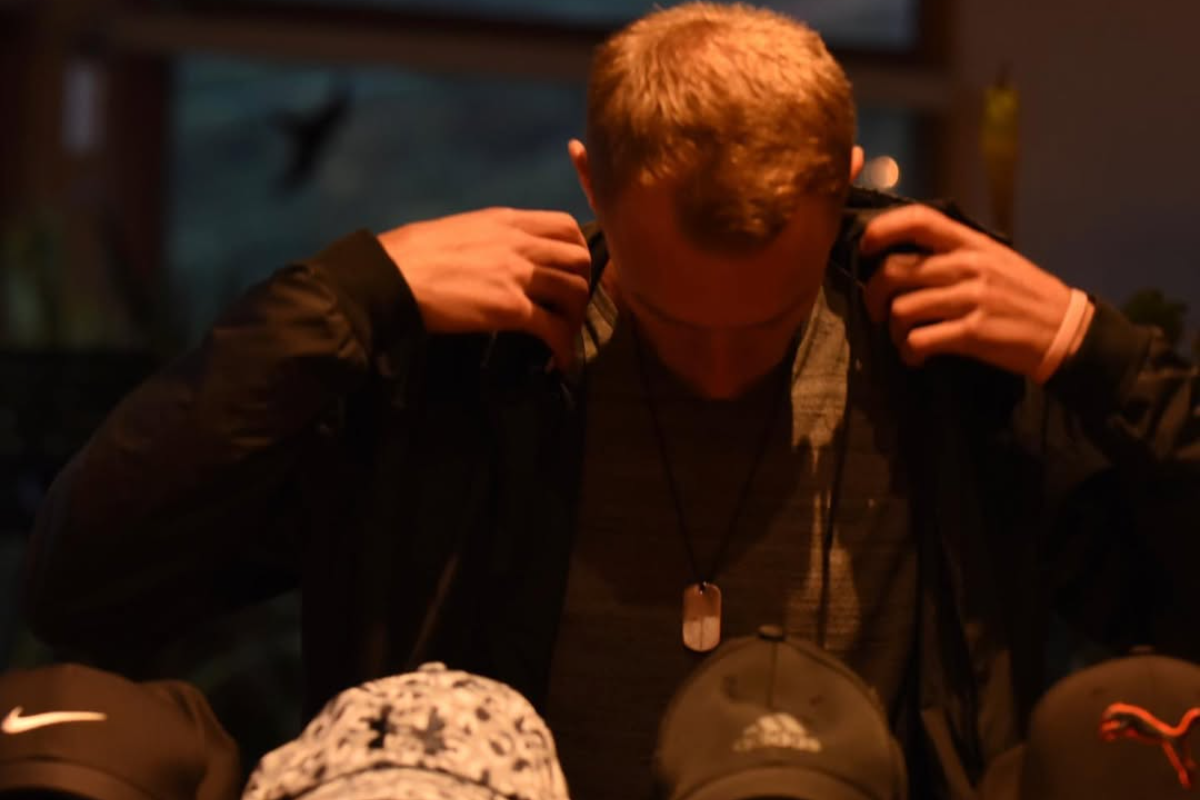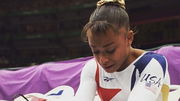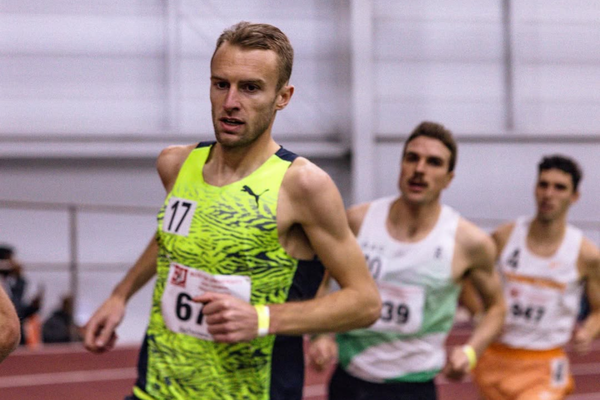

Just a year ago in May, British fans were buzzing with hope. A rising middle-distance talent came within a whisker—just 1.55 seconds—of breaking Sir Mo Farah’s long-standing national record in the 5,000m. The timing was perfect. With the Paris Olympics on the horizon, many dared to dream: Could this athlete be the next great British distance runner to pen his name into Olympic history? But fate had other plans. Brutal and unrelenting ones.
Watch What’s Trending Now!
This wasn’t the first time reality had dealt Sam Atkin a cruel blow. Back in 2021, just before his Olympic debut in Tokyo, Atkin was already fighting battles few could see. While studying in the U.S., he was diagnosed with Freiberg disease, a rare condition that targets the metatarsal bones in the foot, causing intense pain and making each stride a challenge. Still, he fought through it, made it to Tokyo, and began the 10,000m with dreams of glory. Those dreams ended mid-race with a fresh injury. Three years later, he looked reborn. That 5,000m performance in May 2024 felt like redemption in the making. But soon enough, everything fell apart—again.
Meeting reporters on May 4 after his race at the Miami chapter of Grand Slam Track, Atkin finally opened up about the true extent of his ordeal leading into the Paris Olympics. “It was just before the Olympics. I got super sick,” he recalled. I wanted to still do the Olympics, but I had. I got COVID for the first time, and I got super ill with food poisoning. I couldn’t even keep out water. I trained through it, destroyed my body, and had osteochondritis in my chest and pains in my back. I could barely run for so long.”
ADVERTISEMENT
Also, the athlete ate some bad noodles in America two months ago and was off the track for two weeks. Yet despite all this, he showed up in Paris. Not at full strength—far from it. Ultimately, he finished 18th in his 5,000m heat and was eliminated early. The dream was over before it had even begun. But Sam Atkin wasn’t done.
“I was out for six months and I honestly didn’t know I’d run again. I had chest and back pains. I felt defeated.”
Sam Atkin talks through his @GrandSlamTrack experience and a sixth place finish overall over 3000m and 5000m 💬
Plus how he’s recovered from Covid, food poisoning,… pic.twitter.com/Nu5ybsWK5H
— AW (@AthleticsWeekly) May 4, 2025
“I was out six months,” he said. “And I honestly didn’t know if I was going to run again. I was in chest pain, back pain. I was defeated.” What followed was a brutal road back to fitness, months of uncertainty, pain, and stubborn persistence. He credited platelet-rich plasma (PRP) injections in his chest as a turning point, though not one he’d recommend lightly. “That hurt. Don’t ever get that,” he said with a grim smile. “And then that was it. I just started rolling again in February and took it day by day.” This year, Sam Atkin has competed in three races so far. Two of those are from the Grand Slam Track Miami chapter. And believe the British Olympic star, he has some special kind of feelings regarding the Michael Johnson’s League.
ADVERTISEMENT
The Olympic star reveals his special emotions for the Grand Slam Track
For Sam Atkin, the Grand Slam Track series wasn’t just another meet—it was a statement. A quiet, powerful reminder that he’s back on track, both literally and metaphorically.
ADVERTISEMENT
On May 2, Atkin opened his campaign in the men’s 3,000m, crossing the line in eighth. Two days later, he returned for the 5,000m and climbed the rankings with a gritty fifth-place finish. The combined effort earned him a respectable sixth overall. But to Atkin, the results were only part of the story. “This was different,” he said afterward, a smile breaking through. “It’s just a blessing to be back running with these guys.” But how?
After battling illness, injury, and uncertainty following a tough Olympic run in Paris, Atkin is now rebuilding—not just his body, but his belief. And this time, he’s doing it smarter. “Hopefully, I can step up to the next level now that I’ve got a new situation, new training, and I’m taking it a little bit slower,” the British Olympic hero shared. That “new situation” actually refers to a carefully recalibrated training plan, focused more on controlled progression than aggressive pacing. For someone like Atkin, who admits he’s naturally “antsy” and loves fast sessions, slowing down hasn’t been easy, but it’s necessary.
Top Stories
Prayers Pour In From Terrell Owens as 275lbs Former Cowboys Player Announces Major Health News

NFL Make Final Punishment Decision on Controversial Patrick Mahomes Incident

Footage Surfaces of Florida Police Arresting NASCAR Veteran Over Disturbing Public Misbehavior

Dan Campbell Loses Faith in Locker Room After Clearing Stance on NFL Officials’ Controversial Decision

Mike Tomlin Breaks Silence on DK Metcalf Incident as Steelers WR Risks $277K Punishment

Olympic Champion Dominique Dawes Confirms Heartbreaking Outcome in Missing Family Member Search

ADVERTISEMENT

“It’s good,” he said of the approach. “We’re doing a lot of slow build-up-based stuff. No speed work yet. This is my fourth time in spikes, so I’ve got to get used to these things. We’ll roll later on in the season.” Now, with a steadier rhythm, a healed body, and his eyes on the future, Atkin is embracing the long game. Asked about his goals for the year ahead, his answer was simple, yet telling: “Sport’s a big one.”
ADVERTISEMENT
ADVERTISEMENT
ADVERTISEMENT
ADVERTISEMENT

